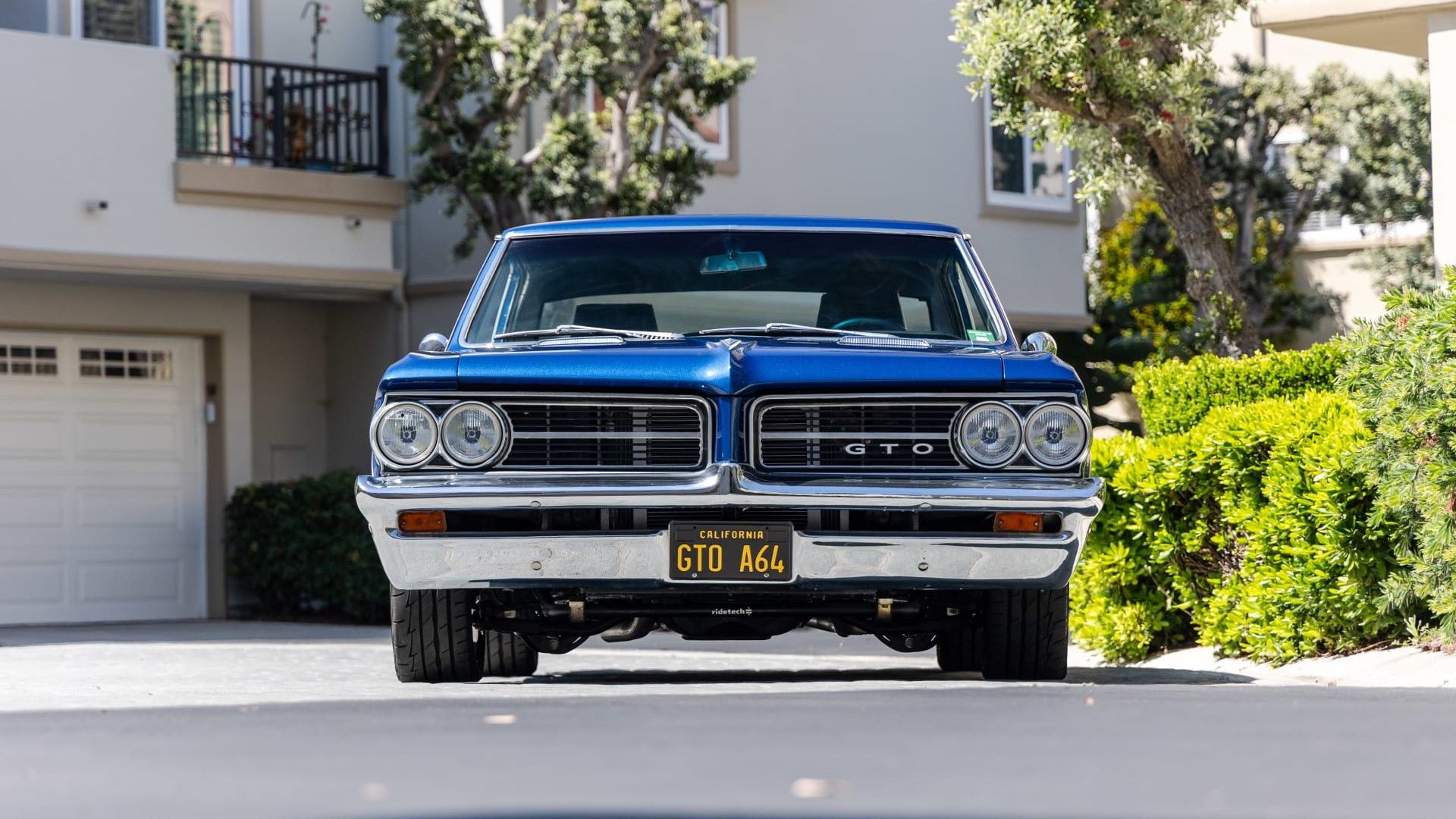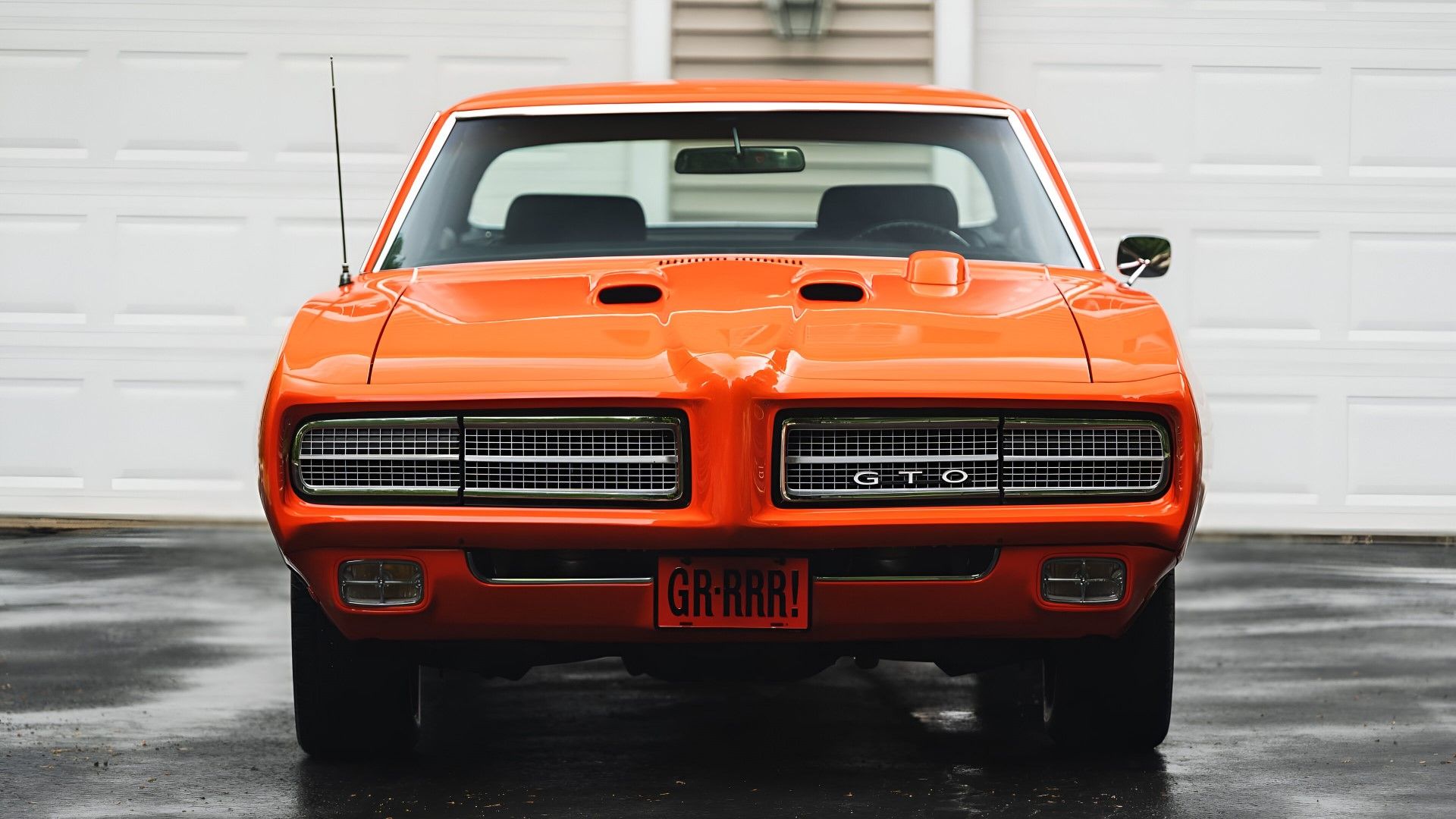Pontiac, a beloved name in American muscle cars, is well-remembered for its iconic models like the GTO and Firebird Trans Am. Despite its popularity, Pontiac never produced a big block V8 engine, a decision that set it apart from competitors like Ford and Chevrolet. Instead, Pontiac focused on modifying its existing small block engines to deliver impressive power without the need for larger engine designs.
Most American car manufacturers in the 1960s and 1970s created both small-block and big-block engines. Big blocks typically had larger capacities, often exceeding 400 cubic inches.
In contrast, Pontiac chose to evolve its smaller engines, starting with the 287 cubic inch V8 introduced in 1955, which produced 173 horsepower. Over the years, Pontiac incrementally increased engine sizes, culminating in the powerful 455 cubic inch V8 by 1970, which generated around 335 horsepower.
The unique approach of Pontiac meant that many of its engines shared the same basic block design. This made it easier to interchange parts and perform engine swaps, which was appealing to car enthusiasts and hot rodders.
Pontiac’s engines, like the 421 cubic inch Super Duty V8, became legendary for their performance, even if they did not fall into the big block category.

As the automotive changed in the 1980s, stricter emissions regulations and rising fuel prices forced Pontiac to adapt. Rather than developing entirely new engines, they opted to use existing GM small block engines. This decision meant that Pontiac’s final models continued to rely on small block technology, with no big blocks ever offered.
Pontiac’s commitment to enhancing its small block engines and its strategy to share engine designs contributed to the brand’s unique identity in the muscle car market, even without ever producing a big block V8.

